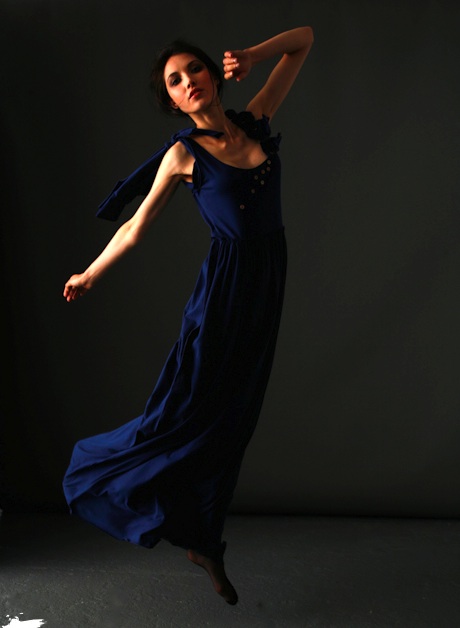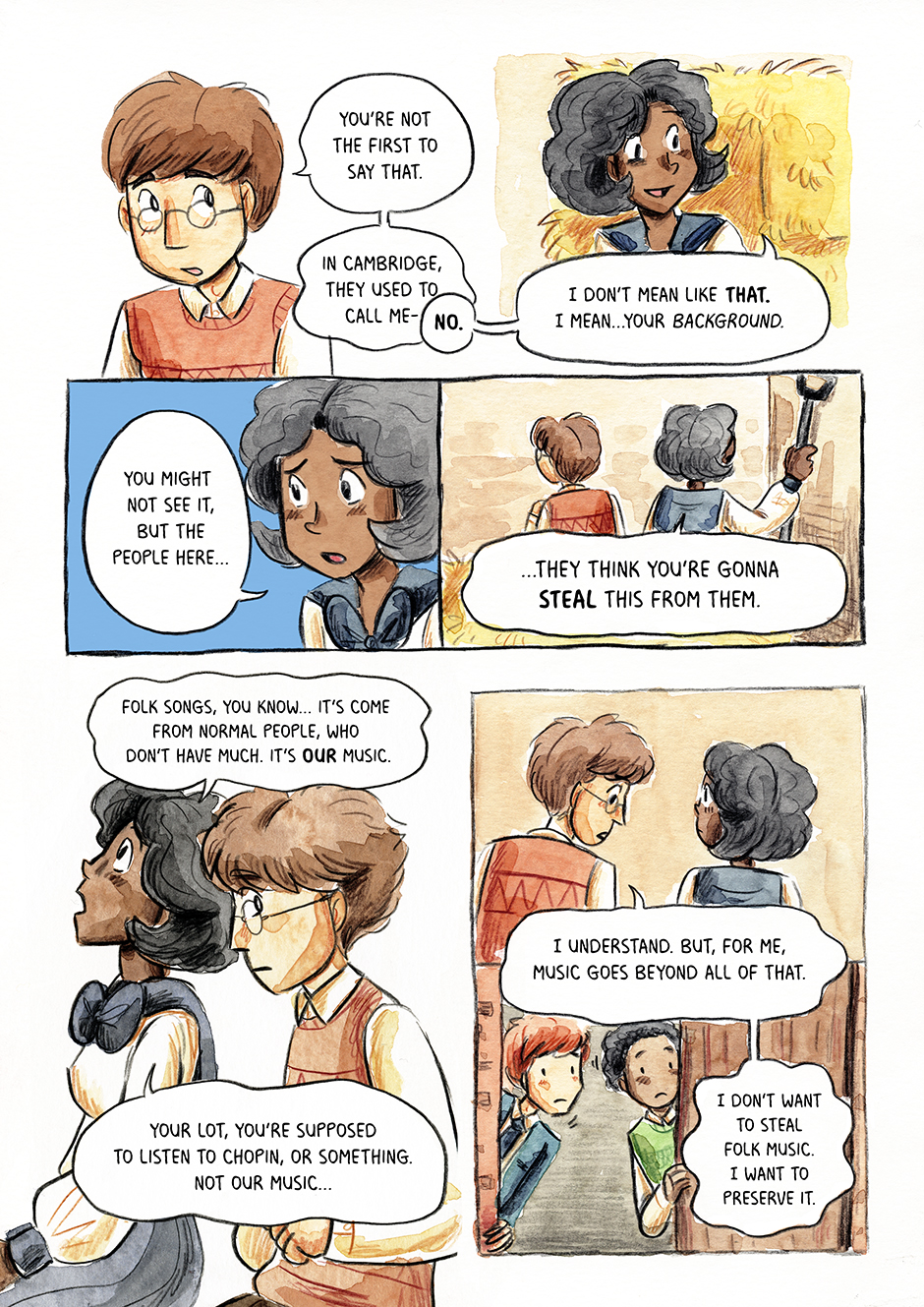
The story also overlapped the author's experiences with asexuality and OCD. sexual versus romantic & physical attraction) but the story as a whole did not act as a lesson in asexuality and aromanticism. Chapters end with an explanation of an aspect of asexuality (ex. Primarily this is a memoir with a focus on discovering the narrator's asexuality. I originally assumed from the title that there would be more explanation of the asexual identity in this book. I'm not the best at discussing art, but I tried. I liked it! Bleeding colors always work for me in memoir-type stories giving the appearance of everything on the page existing in memory. It took on a more hand-drawn and painted or watercolor appearance than some other graphic novels that rely on a more digital or computerized style. The experience was uplifting and validating! Someone who wondered if they were broken because of something in their past. Someone who also botched their first relationship because even holding hands was too much. Reading this graphic novel was an emotional experience because while I have accepted my asexuality on a base level, I've never had the opportunity to hear from someone like me before. Never told that it's okay not to want it, that you're not broken or too strange to love. Just assuming that sex is something that will occur naturally, that it's something you'll want someday. And this partnership needs to be sexual or we won't be loved.īurgess' story was like reliving a portion of my own childhood.

Everything from fast-food commercials to the movies we show our children have ingrained in us that in order to be happy and lead a fulfilling life, we need a romantic partnership.

There is so little asexual representation that it was years before I knew it existed, let alone accept that this is something I identify as. How to Be Ace is an adorably illustrated memoir in which the author looks back on her life and the events that shaped her knowing now that she is asexual and obsessive-compulsive.


 0 kommentar(er)
0 kommentar(er)
